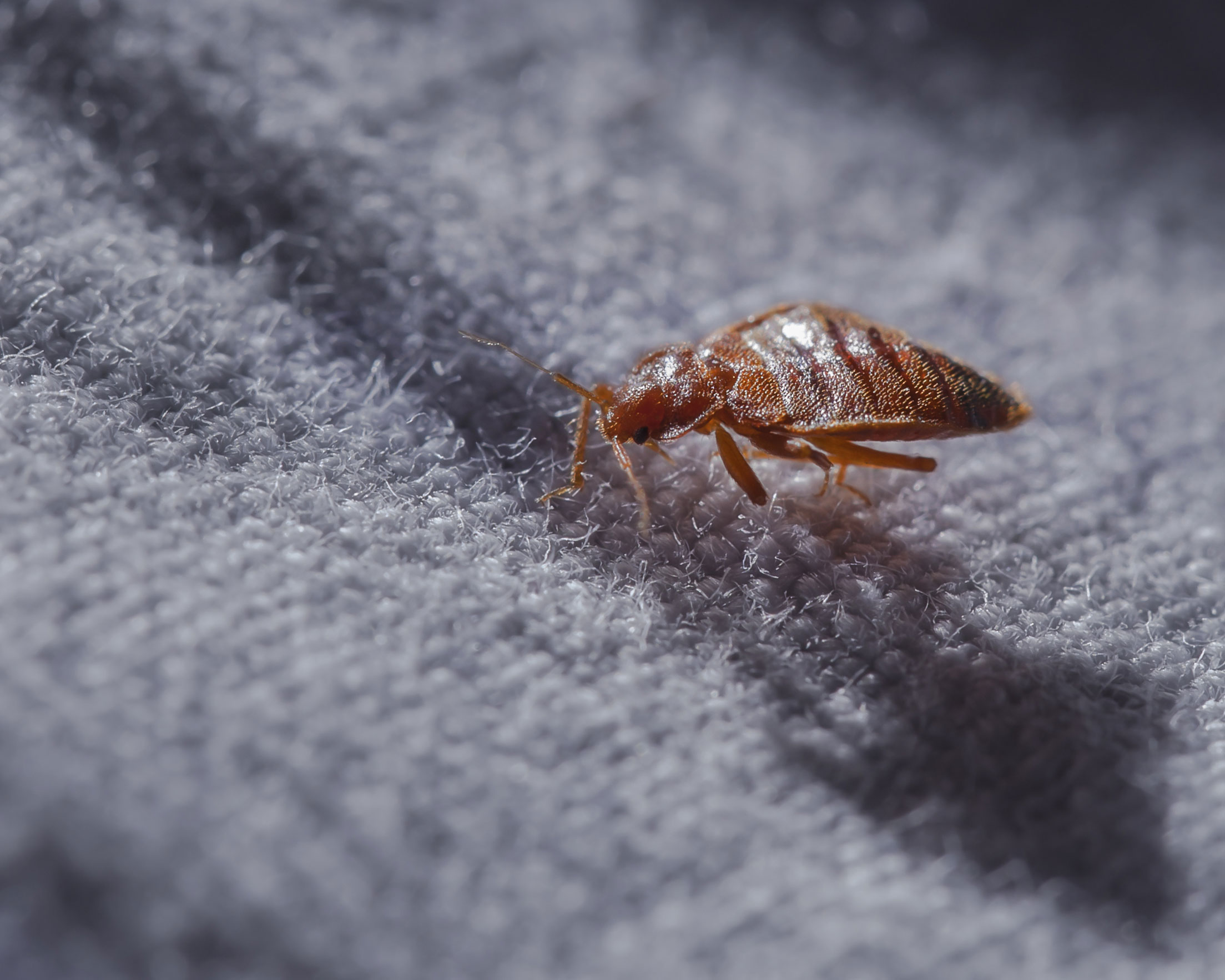
No Signs Of Bed Bugs But I Have Bites – What’s Happening?
Bed bugs have become an increasingly prevalent problem in households, hotels, and other public accommodation areas. As a result, many people suffer from discomfort and health risks posed by these pests, even when there are no signs of bed bugs. While it is not unheard of to experience bites without actually seeing bed bugs, this phenomenon can still be concerning and difficult to diagnose. To properly identify the source of discomfort, it is imperative to carefully inspect for evidence of these pests both inside and outside the home. So, if you have bites, but can't find any signs of bed bugs, it's imperative to contact your local Savannah, GA experts.
Other reasons for bites with no signs of bed bugs
Bites without signs of bed bugs can be triggered by a variety of irritants, including some not related to insects. Bites can be caused by environmental factors such as contact with plants or other substances that trigger allergies. These reactions may appear as bites and include itching, redness, and swelling. Additionally, bites may be the result of irritation from clothing or other materials such as fabrics. These materials contain chemicals that may affect the skin negatively. Other causes of bites unrelated to bed bugs include skin conditions such as eczema, psoriasis, scabies, and contact dermatitis. When these conditions flare up they can result in itchiness and inflammation which may appear in the form of bite-like bumps on the skin. Finally, bites may simply be hives or welts triggered by stress or anxiety. Knowing what is causing your symptoms is key to identifying an appropriate solution and controlling future outbreaks.How to identify the source of your bites
To find the source of your bites, first consider the environment where the bite occurred and any other potential hosts in the vicinity. For instance, if a person was bitten while staying in a hotel room, they should inspect the area around the bed. They should also check for other signs of bed bugs and other pests such as fleas or cockroaches. It is also imperative to look for areas where rodents may have made their way into the room or building, as they can carry diseases that cause skin irritation or allergic reactions when they bite. Next, consider whether anyone else in the area has been affected by something similar. If there are multiple people experiencing similar reactions, it could be an indication that there is a common source of bites. Finally, consult a medical professional if symptoms worsen or persist over time. With this knowledge, individuals can take proactive measures to protect themselves from future infestations and irritation from unknown sources of insect bites.Similar bites caused by other insects
If there are no signs of bed bugs, other insects may be responsible. The most common insects that cause similar bites include:- Fleas - Fleas feed on hosts' blood such as people, dogs, and cats. They are small wingless parasites that live oncarpets and furniture. Flea bites appear in clusters and sometimes have a reddish halo around them.
- Lice - Lice feed on human blood but cannot fly or jump; they crawl from one host to another. Lice bites appear as tiny red marks with a dark center that can appear alone or in clusters.
- Mites - Mites can also bite humans causing itchy red bumps accompanied by swelling.
- Mosquitoes - Mosquito bites usually appear as small white bumps surrounded by red inflammation which can be very itchy and uncomfortable.